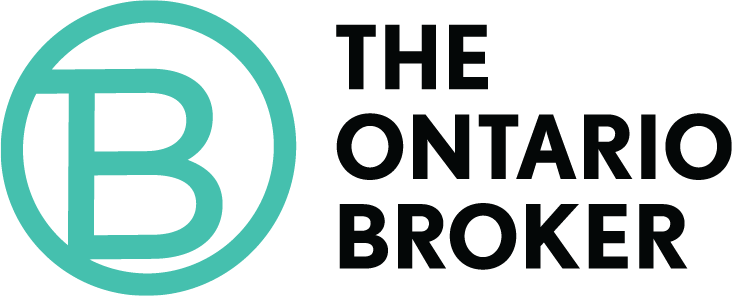September 4, 2024


Jeff Toth—Marketing & Communications Lead, IBAO
In a previous life, I used to be a professional stand-up comedian. Though marketing and communications seem quite different, my experience in comedy informs the way I think about a lot of aspects of work.
If you’ve seen a really phenomenal comedian, they might seem like a genius. But that brilliance you see on stage is a carefully cultivated illusion. Comics perform their material for hundreds of audiences. While trying their work on a variety of people, if a joke bombs, they know they either have to rework it or cut it entirely.
A lot of comics record audio of their sets so they can listen back to it later. They can then listen for instances when the gaps between audience reactions is too long. Those long silences act as a signal of where they need to tighten up their material.
Every performance doubles as a feedback session from a new focus group. This feedback is like a rock tumbler, smoothing all the edges off a rough joke. The brilliance you see in a comedian is actually the product of them having borrowed the collective insight of all those crowds that came before yours.
So how can you apply this to your work? Throughout your day, you have similar phone calls and emails potentially over and over again. If you don’t already, you should create templates for these interactions. Every time you use the template, treat it as an opportunity to refine it. Does the template always generate the same follow up question? Edit to include that info and answer the question ahead of time. Over time, your communications will become perfectly suited to their purpose, the same way a joke can be calibrated to work for any crowd.
If your office’s phone system has call recording capability, it can be a helpful resource to implement this process. If you conduct business through Zoom or Teams, they now have built-in transcription options. There’s also AI transcription services like Otter.Ai that can automatically generate summaries and notes from virtual meetings.
However you go about it, the important thing is to have a method of reviewing the interaction and getting in the mindset of viewing each interaction as an opportunity to improve.
There is, of course, also the more direct way of getting feedback—asking for it. Or instead, you can ask your clients for a referral. If you get one, great! And if you don’t get one, think through your interactions with that client to identify places you can tighten up and improve your approach.
